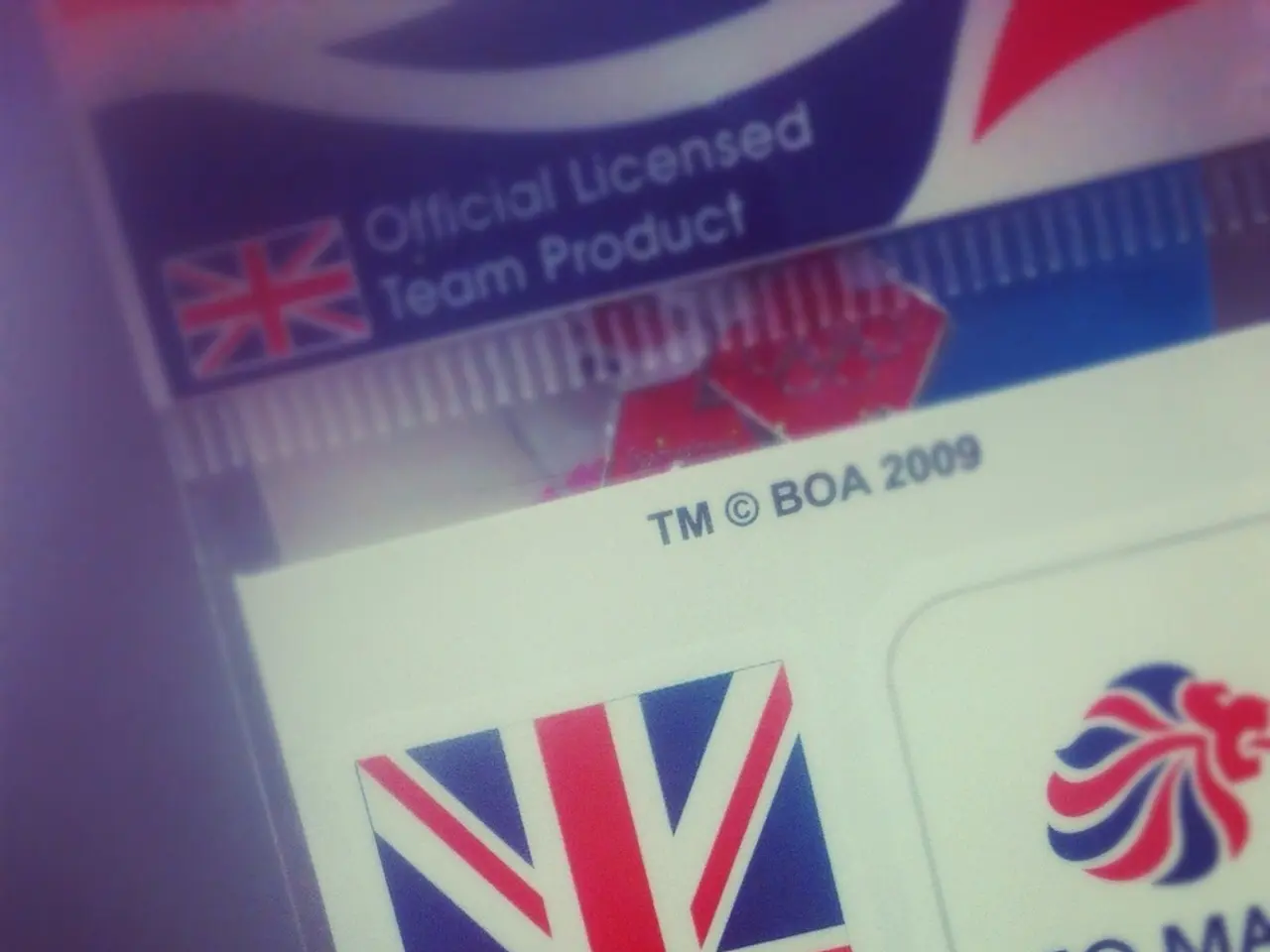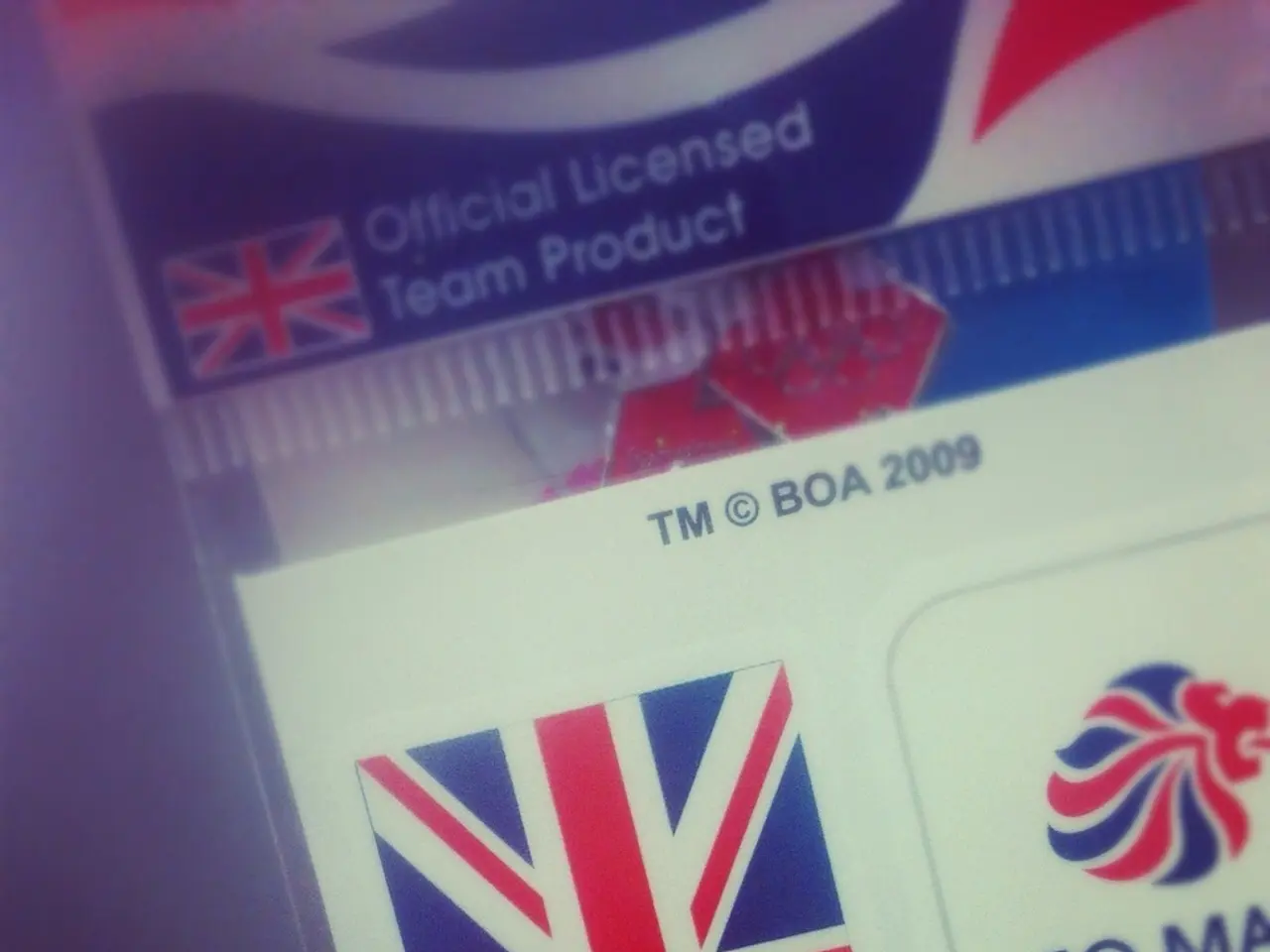Single-Page App Utilizing React JavaScript Framework for Streamlined User Interaction and Dynamic Content Management
In the digital age, businesses are constantly seeking ways to enhance their online presence. One of the key decisions they face is whether to opt for a Single-Page Application (SPA) or a Multi-Page Application (MPA). Both have their unique advantages, and understanding these differences can help small to medium-sized businesses make an informed choice.
**User Experience and Interactivity**
Single-Page Applications (SPAs) offer a fast, smooth, and app-like user experience with dynamic content updates without full page reloads. Ideal for interactive applications, dashboards, or real-time features, SPAs are similar to popular platforms like Gmail and Trello. On the other hand, Multi-Page Applications (MPAs) use traditional page-to-page navigation with full reloads, which may feel slower but is simpler and more familiar for content-heavy sites or when user interactions are straightforward.
**Performance**
After the initial load, which may be slower due to loading all necessary JavaScript, subsequent interactions are faster in SPAs because the app updates content dynamically on the client side, reducing server load and network requests. In contrast, each user action in MPAs triggers a full page reload, which can be slower and increases server load, though the initial load time per page tends to be faster than an SPA’s initial bundle.
**SEO Considerations**
SEO requires additional setup like server-side rendering (SSR) or pre-rendering for SPAs to ensure search engines can index content properly, which can complicate development. MPAs, however, are SEO-friendly by default because each page is a separate URL with full content, making it straightforward to optimize for search engines.
**Development Complexity and Team**
Building a Single-Page Application (SPA) with React is more frontend-heavy and requires JavaScript expertise and familiarity with client-side frameworks. React is well-suited for projects needing scalability, maintainability, and component reuse, especially for complex or long-term applications with larger teams. MPAs often involve server-side rendering or full-stack development, potentially simpler for small teams or projects focused on content presentation rather than complex interactivity.
**Project Scale and Long-Term Maintenance**
SPAs are better for projects expected to grow in complexity or requiring rich user interactions over time. React offers a robust ecosystem and community support to manage large, scalable applications. MPAs are more suitable for content-heavy sites with many distinct pages or smaller projects where long-term scalability of client-side interactions is less critical.
**Mobile and App-like Behavior**
SPAs excel in providing smooth, app-like experiences on mobile devices, enhancing user engagement on phones and tablets. MPAs may not provide as fluid an experience on mobile but can be easier to implement responsively.
In summary, for a small to medium business, if the priority is a highly interactive, smooth user experience with potential for complex features and scalability, a React SPA is a strong choice. However, if the main goal is a content-driven, SEO-friendly website with simpler navigation and faster initial loads, a multi-page app might be more appropriate.
Developers have an easier time during QA tests when working with single-page applications due to their browser environment. Single-page applications can also be adapted to different mobile screens with the right design services. Finding the right app development company that understands a business's needs is crucial when building a Single-Page Application.
- In the digital age, a well-designed User Interface (UI) and interactive user experience, similar to popular platforms like Gmail and Trello, can be achieved with Single-Page Applications (SPAs).
- The finance department of a business might be interested to know that Single-Page Applications (SPAs) can offer faster, smoother, and app-like experiences on mobile devices, enhancing user engagement on phones and tablets.
- For small teams or projects focused on content presentation rather than complex interactivity, Multi-Page Applications (MPAs) might be a simpler choice as they can be implemented responsively, even if they may not provide the same fluid mobile experience as SPAs.
- When making a long-term maintenance plan, businesses should consider React's robust ecosystem and community support for managing large, scalable applications, which can be a significant advantage for projects expected to grow in complexity.
- In the realm of business and technology, understanding the unique advantages of Single-Page Applications (SPAs) and Multi-Page Applications (MPAs) can help small to medium-sized businesses make an informed choice, optimizing their website for a suitable user experience and interactive features.




